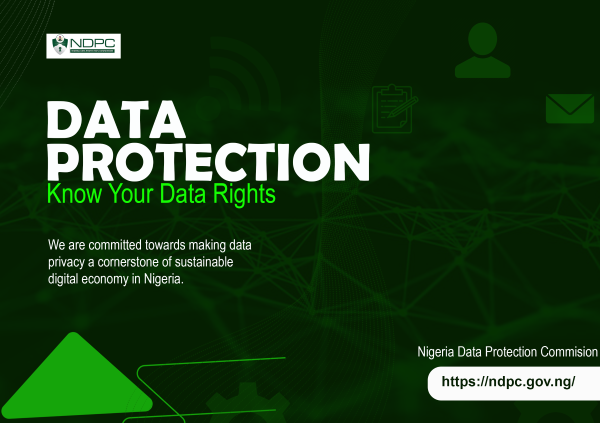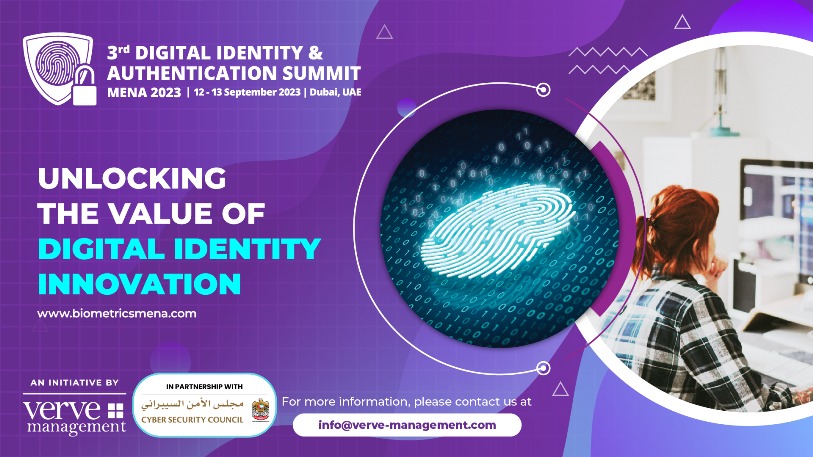I’ll be honest, when I first heard the term IT governance, I pictured something rigid, filled with red tape and endless policies. But over time, I’ve come to understand that true IT governance isn’t just about control, it’s about direction, accountability, and purpose. And when it comes to cybersecurity risk management, it’s the backbone we often overlook.
RELATED: The role of IT governance in cyber security risk management
Let’s face it: the digital world isn’t what it used to be. Threats are no longer limited to viruses or the occasional phishing email. We’re now dealing with highly sophisticated cybercriminal networks, insider threats, ransomware, supply chain attacks, you name it. And with so much at stake, protecting data and systems can’t just be the responsibility of the IT department. It has to be woven into the very fabric of how decisions are made.
That’s where IT governance comes in.
Governance Gives Us Structure in Chaos
One thing I’ve learned in my career is that security without structure is chaos waiting to happen. IT governance provides that structure. It sets the tone from the top, clarifying who is responsible for what, how decisions are made, and what risks are acceptable.
It’s not just about having policies on paper. It’s about making sure those policies reflect the reality of the organisation and are supported by leadership. If senior leaders don’t prioritise security, it sends a message to the rest of the company that it’s optional. And we all know how dangerous that mindset can be.
Risk Management Isn’t Just Technical, It’s Strategic
I used to think cybersecurity was mostly about firewalls, encryption, and antivirus software. But the more involved I became in governance discussions, the more I realised that effective risk management is just as much about strategy as it is about tools.
IT governance helps us take a step back and ask:
- What are our most valuable digital assets?
- Where are we most vulnerable?
- Are we investing in the right places?
- What’s our plan if things go wrong?
These aren’t just IT questions, they’re business questions. And good governance ensures they’re being asked regularly, answered honestly, and addressed proactively.
People and Culture Matter More Than You Think
One of my strongest beliefs is that no cybersecurity framework can succeed without a strong culture behind it. Governance isn’t just about systems, it’s also about people. How do we build a culture where employees feel responsible for protecting company data? How do we make sure that awareness training isn’t just a check-the-box activity?
This is where governance becomes personal. It’s about leadership creating an environment where people are empowered to speak up, question decisions, and take ownership of risk. That kind of culture doesn’t happen by accident; it happens through intentional, well-aligned governance.
In the End, Governance Is a Compass
We’re all navigating uncharted territory in today’s digital world. Technologies evolve, threats multiply, and regulations constantly shift. IT governance acts like a compass. It doesn’t stop the storm, but it gives us a sense of direction. It keeps our efforts aligned with our values, our goals, and our responsibilities, not just to our shareholders, but to our employees, our customers, and our communities.
To me, that’s the essence of strong cybersecurity risk management. It’s not about fear, it’s about clarity, not about control, but about trust and resilience. And IT governance helps us build that foundation.






























